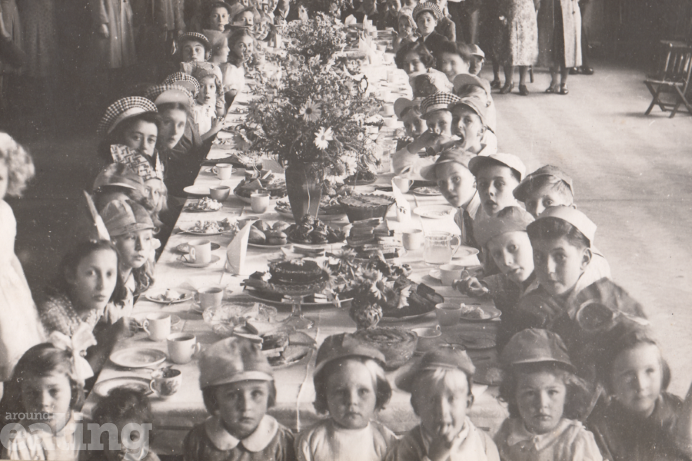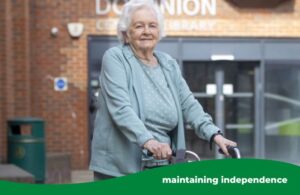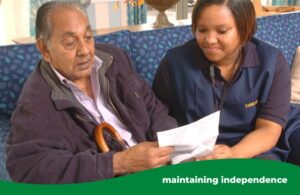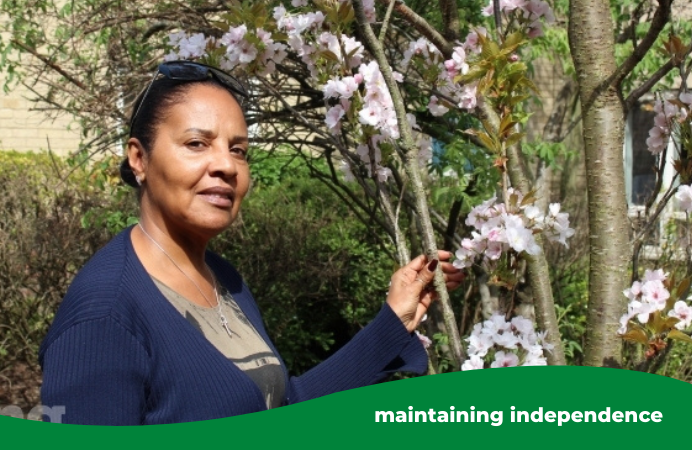It is the 80th anniversary of Victory over Japan (VJ) Day on Friday (15 August), a day that commemorates the end of the Second World War. Borough archivist Dr Jonathan Oates looks back at how it was celebrated locally.
In May this year, the country marked the 80th anniversary of VE Day (Victory in Europe), the end of the war on this continent. But, in 1945, the fighting did not end there. Many thousands of armed forces personnel were still engaged in bitter battles in the Far East for several more months. VJ Day marks the day Japan surrendered, which effectively ended the Second World War.
1945: the original VJ Day
Although car hooters awoke Actonians at midnight on 14 August to alert them to the war’s end; and, in Southall, an impromptu band with drums and bugles paraded the streets; there seemed to be, initially, for some, a sense of apathy, almost.
One local commentator observed: “For almost 6 long terrible years they had waited for this day when peace would cast her mantle over a war-torn world. Now that the great day had come, people seemed unable to react fully to the momentous news. It seemed as if the war, which had been so much a part of their lives had numbed their facilities for remembering the halcyon days of peace before.”
Or, to cite another contemporary: “A cynic on VJ Day, seeing the bread and fish queues, unable to buy cigarettes and perhaps finding a glass of beer difficult to come by, might have asked, why the shouting?”
The Forgotten Army
Unlike the night on VE Day, Walpole Park was quiet. In part, this was because the war in Europe and the war in the Far East were viewed rather differently by most people, unless you had served or had family or friends who were serving there in the ‘Forgotten’ Army.
Almost 60 families in Southall had members who were serving there. During the VJ celebrations, it was heard that, among the crowds, some were talking about the servicemen still far from home. Some of whom had never seen their new sons or daughters.
Ealing’s mayor and mayoress had been on their way to their holiday but, on hearing the news, returned; and the mayor made the following pronouncement: “We rejoice in being with you to express our happiness at this great event…peace has come at long last and we fervently hope that the end of this war will be the end of all war.”
A time to rejoice
Most streets were initially quiet, though some singing could be heard in some pubs. Yet, there was rejoicing. Flags and bunting were in evidence in the borough by 9am. By the evening, the streets were once again full of people. As before, they centred on Ealing Green.
In Southall there was a Union flag flying from the town hall alongside the flags of the 3 other major allied nations; perhaps the only time the Soviet Union’s hammer and sickle has been seen there. Meanwhile, children had spent the day collecting wood and combustibles, wheeling effigies of Hirohito and Tojo in barrows and rattling collection peace boxes for spare change. That night there were bonfires in the streets, some of them mounted by an effigy of the Japanese Prime Minister, Tojo.
Southall Communist Party, probably at the peak of its popularity, organised a party in the forecourt of the local newspaper offices on South Road. Stan Baker and his band played there. At first there was little response, but after the King’s speech in the evening had been heard, people were more gregarious and came out to dance waltzes and jives until after midnight. There was also celebration at the Southall Labour Hall, with dancing, singing and wearing of paper hats. The Officers’ Mess of the Cadets’ Drill Hall in Southall also hosted a similar event. Southall’s mayor attended both events.
There were yells of delight when the effigies of the Japanese leaders toppled over on top of the bonfires. In Hambrough Road, there were 2 bonfires. Children threw fireworks and, what might shock modern audiences, in Southall some people threw fireworks among the dancers and scattered them. This was put down to ‘high spirits’ and no one was recorded as being hurt. In Ealing the fire service was called out on 20 times on the evening of 15 August. There was never any need to extinguish any out-of-control flames, but they were ready to do so if necessary.
More celebrations
There were street bonfires in Greenford, being danced around by children beating drums and making noises. Bangers and rockets were seen in the air. In Greenford Avenue, Hanwell, bunting and flags were on display. There was a sign ‘God save the King’ and an effigy of Tojo – ‘a warm reception was being prepared for him’.
In Ealing, it was not until evening that the reality of peace was last felt, and then, like a people reborn, they surged in their thousands to take part in the town’s celebrations. The Broadway was full of lights from floodlights, beams from Christ Church and a gaily decorated cinema. Hanwell Silver band played outside the town hall and at 9pm it played Land of Hope and Glory. The King’s speech was relayed to the crowd, followed by the National Anthem – an unforgettable moment for everyone.
Elsewhere, Andy Wilson’s band played popular tunes on Ealing Green. Fireworks and crackers filled the air. Fairy lights were affixed to trees. School children blew noisy squeakers. Crowds danced and sung. The Lambeth Walk and Bumpsy Daisy were popular. Servicemen were feted by the crowds. It all went on until after midnight.
Erica Ford, a young lady from Ealing, wrote in her diary of the 2 days of celebration: “Today VJ Day…Hundreds of people going home after starting for work not knowing…Crowds dancing on the Green. Floodlighting in the Great West Road. Bonfires down every side street. Fore engines turned out. …[next day]… They had dancing under covered way & it became quite crowded & jolly…Crowd from outside joined & when rain stopped were able to go right out into yard.”
However, in Acton people seemed to be aware earlier, because at midnight of 14 August sirens and hooters were sounded.
Celebrations in Acton were also very much in evidence. It was stated: “From the tower of the parish church at night Acton looked like a huge fairground spangled with street lamps of arterial roads and the little windows of trains passed by and glowing with the lights of bonfires.”
Crowds were in and out of the pubs. Girls and boys linked arms and marched up the streets, singing. Unlike VE Day, the town hall was lit up and there was plenty of bunting. Dances took place in some streets; in Springfield Gardens where they were floodlit, and in Grasmere Avenue. The mayor and mayoress and 2 clergymen were at the latter. Curiously, 4 householders objected to this but could not stop it. It ended with a bonfire, an effigy to burn and a running buffet for the adults.
There were a number of children’s parties, as after VE Day, in the following days after 15 August. They were all very similar. In Saxon Road there was a pianist, a saxophonist, a conjuror, a comedian and a drummer. Children wore fancy dress, and some local men dressed up as animals. As well as sweet food there were children’s games at these events.




